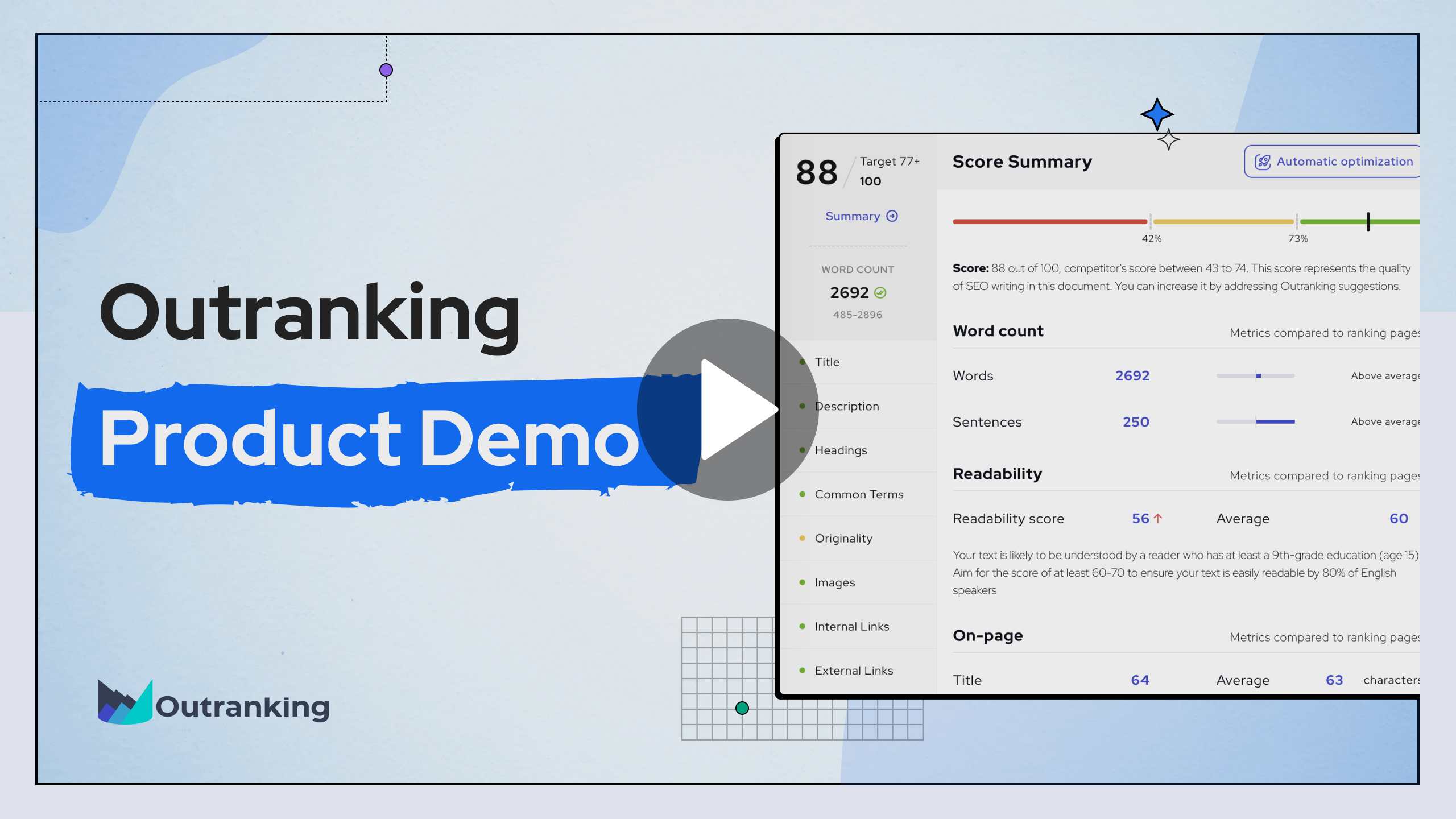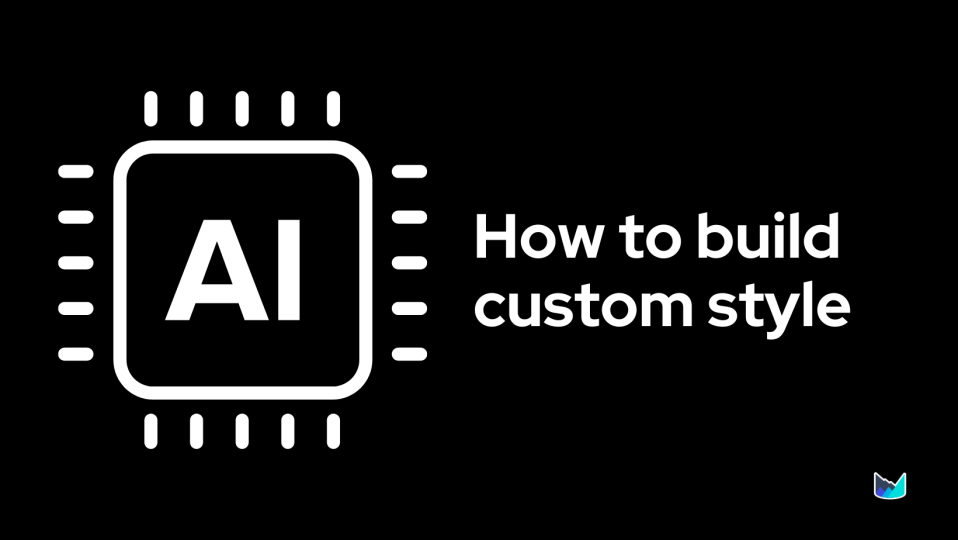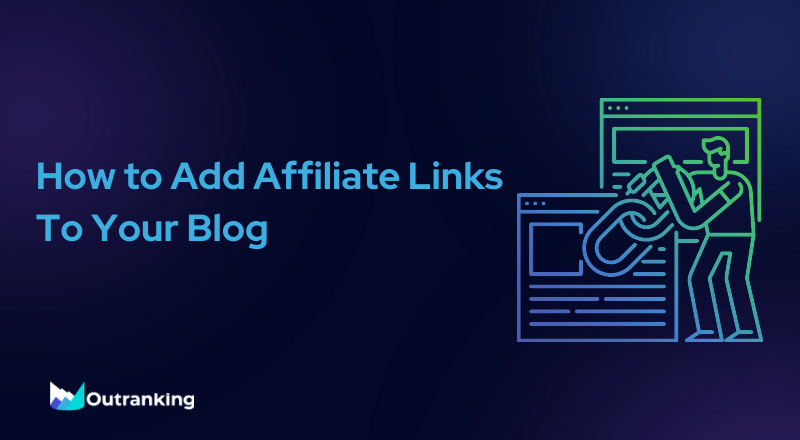- Product
- SEO Content Editor
- SEO Content Strategy
- Content Optimization
- Content Briefs
- AI Assisted Writing
- Keywords Clustering
Preview a demo walkthrough
Outranking the competition with our cutting-edge SEO strategies.

- Pricing
- Resources
- Sign In
- Get Started

Table of Contents
The foundation of great content with AI is based upon two things. First is the quality of research gathered before writing the content and second the prompts.
In this blog, we will learn how to generate personalized content using a custom style guide that can be used to automate and engineer the prompts before the first draft is written.
Table of Contents
Why is engineering a prompt before writing the first draft important?
For a few reasons:
1. Building repeatable content structure using AI:
Let’s say you are an expert hiker and write about the different trails you hike. When you write a blog post about this hike, in the “About this Hike” section, you always mention the hiking attributes to be Elevation, Difficulty, Climate, Dog friendly, Length, Duration, and Things to pack.
A style guide can be used to provide specific steps of instructions that Outranking can use as a part of engineering the prompts.
2. Ensuring consistency in tone, voice, and brand:
A second example would be if you always write in 1st person’s voice and a little sarcastic yet persuasive tone; you mention that in the style guide, so then every time you write a webpage using Outranking, we can use this set of instructions to influence the prompt building.
How to build custom style guides using Outranking?
Examples of style guides for various use cases
Below are the most common use cases and their style guides using best practices. Feel free to combine, modify and reuse this as your custom style guide. Follow the similar pattern as demonstrated in the example for the best possible outcome.
Landing page
- Tone: Persuasive and promotional
- Voice: 2nd person like you are talking to the readers
- Conciseness: Write passages in one to two sentences, list items are short statements
- How to write product features: Catchy tagline, unordered list of 4 main features, and a two-sentence explaining the product’s main benefit.
- How to write product benefits: Write 2-3 sentences listing the main features and tying them to benefits.
- How to write definition or question-type answers: 350 characters or less with the primary keyword in the first sentence, include an example when possible.
- How long should each subsection be: The subsection should be less than 120 words in all conditions and as concise as possible with just the right amount of information that does not cause information overload.
Product alternatives
- Tone: Informative and objective
- Voice: Like you are reading to the readers without expressing a personal bias or preference
- How to write product alternatives: 2 sentences mentioning why it is an alternative, Compare and contrast passages with the alternative, unordered list of top features of the alternative, and pricing. Lastly, write who might this alternative be best suited for.
- How to write definition type or question type answers: 350 characters or less with the primary keyword in the first sentence, include an example when possible.
- How long should each subsection be: The subsection should be as concise as possible with just the right amount of information that does not cause information overload. Each subsection should be less than 120 words.
- How to write a subsection that is not a product alternative: Informative yet as concise as possible, in short sentences and with no more than 100 words.
Product comparisons
- Tone: Informative and comparative
- Voice: 1st person, as the author is sharing their personal experiences and opinions
- How to write feature comparison: Compare and contrast the features of the product in two passages with concrete facts and then write the author’s opinion on who these features might be best suitable for.
- How to write definition-type answers: 350 characters or less with the primary keyword in the first sentence. Include an example when possible.
- How long should each subsection be: The subsection should be as concise as possible with just the right amount of information that does not cause information overload. Each subsection should be less than 120 words.
- How to write a subsection that is not a product alternative: Informative yet as concise as possible, in short sentences and with no more than 100 words.
Food recipe
- Tone: Informative and instructional
- Voice: 2nd person, like you are talking and instructing the readers
- How to write ingredients: Unordered list with quantities for each ingredient
- How to write cooking instructions/steps: Clear and in detail logical steps
- How to write nutritional information: Table with the ingredients and their nutritional value.
- How to write definition-type answers: 350 characters or less with the primary keyword in the first sentence. Include an example when possible.
- How long should each subsection be: The subsection should be as concise as possible with just the right amount of information that does not cause information overload. Each subsection should be less than 120 words.
- How to write all the other types of subsections: Informative yet as concise as possible, in short sentences and with no more than 100 words.
List of best products
- Tone: Enthusiastic, informative, and somewhat promotional
- Voice: 2nd person, like you are talking directly to the readers
- How to write about the best products/place/thing: Argumentation for why the product/place/thing made it to the top list. List the top 5 attributes or features in the form of an expanded unordered list with an explanation. Finally, write who this product is recommended for.
- How to write definition-type answers: 350 characters or less with the primary keyword in the first sentence. Include an example when possible.
- How long should each subsection be: The subsection should be as concise as possible with just the right amount of information that does not cause information overload. Each subsection should be less than 120 words.
- How to write a subsection that is not a product alternative: Informative yet as concise as possible, in short sentences and with no more than 100 words.
Local service page
- Tone: Persuasive and promotional
- Voice: 2nd person like you are talking to the readers
- Conciseness: Write passages in one to two sentences, list items are short statements
- How to write about services: A two to three-sentence explanation about the service and why one should consider the company’s service, followed by an unordered list of 3 main benefits of the service. Lastly, write one to two sentences about why should one consider this company for the service.
- How to write service benefits: Write 2-3 sentences listing the main features and tying them to benefits.
- How to write definition type or question type answers: 350 characters or less with the primary keyword in the first sentence, include an example when possible.
- How long should each subsection be: The subsection should be less than 120 words in all conditions and as concise as possible with just the right amount of information that does not cause information overload.
Informative page
- Tone: Informal and address the reading audience
- Voice: 2nd person as if you are talking to the reader.
- How to write product alternatives: 2 sentences mentioning why is it an alternative
- An unordered list of Top features, an expanded ordered list of 5 Pros, an expanded ordered list of 5 Cons and Pricing, Comparison table
- How to write best or top products: Argumentation, features, best for, expert tips
- How to write definition-type answers: 350 characters or less with the primary keyword in the first sentence, include an example when possible.
- How long should each subsection be: The subsection should be as concise as possible and less than 120 words with just the right amount of information.
- How to write section conclusions: Do not write conclusions for any subsections.
- How to write steps: Clear instruction in short passages with expert tips
- Give preference to writing expanded ordered or unordered lists where possible instead of writing big passages for better readability and breakdown of content.
E-commerce page
- Tone: Professional yet fun.
- Voice: 3rd person
- How to write the “about” product: Write a three-sentence Product introduction highlighting the product’s benefit and who it is ideal for.
- How to write product features: Write a detailed expanded list of all the product features.
- How to write the benefit or benefits of the product: Expanded list of all product benefits with features tied to benefits.

